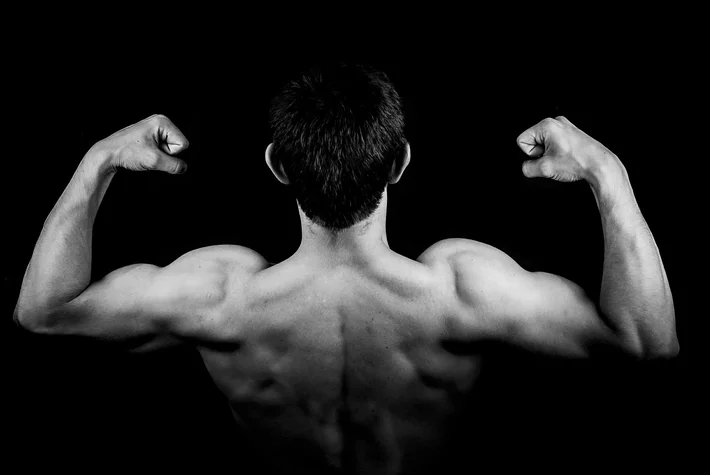Don’t Get Discouraged by a Dislocated Shoulder

Three bones make up your shoulder joint. These include the collarbone, shoulder blade, and the humerus (the bone in your upper arm). A dislocated shoulder occurs when the upper arm bone pops out of the cup-shaped socket in the shoulder blade.
The shoulder socket is very shallow and allows the arm to make fluid motions in many directions. Because of this, the joint is naturally unstable and prone to injury, making up 50% of all joint dislocations.
Swelling, pain, and immobility of the arm will often follow a dislocation of the shoulder. Your doctor will likely be able to reset the bone into your shoulder socket after a physical examination of the injury, unless there has been more extreme (usually rare) tearing of the cartilage – and in a case like that, surgery is required. Once treated, you will need to undergo a physical therapy program to fully regain strength and range of motion in the arm.
Risk Factors and Causes
Dislocated shoulders are primarily a result of blunt, physical trauma. Anyone can dislocate their shoulder, but those at a younger age, who are more physically active, are at a higher risk.
Common risk factors include:
- Gender – Nearly 70% of all shoulder dislocations occur to men; they are at a higher risk because they are more likely to participate in contact sports, such as football or hockey, or take part in physically demanding activities.
- Age – Most of these injuries occur between the ages of 15 and 29 when our lifestyles are the most active. Older patients affected by a dislocated shoulder are also at a higher risk of also tearing the rotator cuff tendons.
- Previous Dislocation – Once you have dislocated your shoulder for the first time, the ligaments weaken, and it becomes easier to happen again. By following your PT’s treatment plan to maintain the flexibility and muscle strength around your shoulder, you can decrease the risk of a second occurrence.
It is also common to dislocate your shoulder while in a car accident or from a fall. Athletes are the most prone to this type of injury because of their high level of activity, but anything that results in a blunt force to your shoulder can cause injury.
Rehabilitation with Physical Therapy
After your physician has realigned your shoulder, your physical therapist will work with you to keep the joint active. Without conditioning it back to normal, you risk the effects of a frozen shoulder and loss of mobility. Your PT will work with you on various strength and manual exercises to rehabilitate your shoulder, getting you back to your daily routine.
Working with a physical therapist will ultimately help to rebuild your muscles around the joint and improve the stability in your shoulder to prevent future injury.
Luna Makes Recovery Even Easier
Having an injured shoulder will not only cause you discomfort but makes simple tasks difficult. You may even struggle with getting dressed, completing chores around the house, and preparing meals for the day. Your normal routine will be disrupted and may become even harder if the dislocation occurs on the dominant side of your body. Getting ready to leave the house and drive to your PT appointments could be harder than you think. This often causes patients to lose motivation to complete their entire course of care, leading to an even longer recovery.
We have some great news for you: Luna brings physical therapy right to your door with convenience and ease. You’ll get one-on-one treatment and expert care so you can start healing faster, happier, and healthier. Give us a call today and let us help you get back to doing the things you love.
Handpicked Resources For You
Dislocated Shoulder Exercises – Sports Injury Clinic
Rehabilitation After Shoulder Dislocation – Oxford Radcliffe Hospitals
Treatment for a Dislocated Shoulder – Sports-Health
Shoulder Dislocation: What You Need to Know – John Hopkins Medicine
This entry was posted in Luna Blog and tagged Therapists, Patients.


